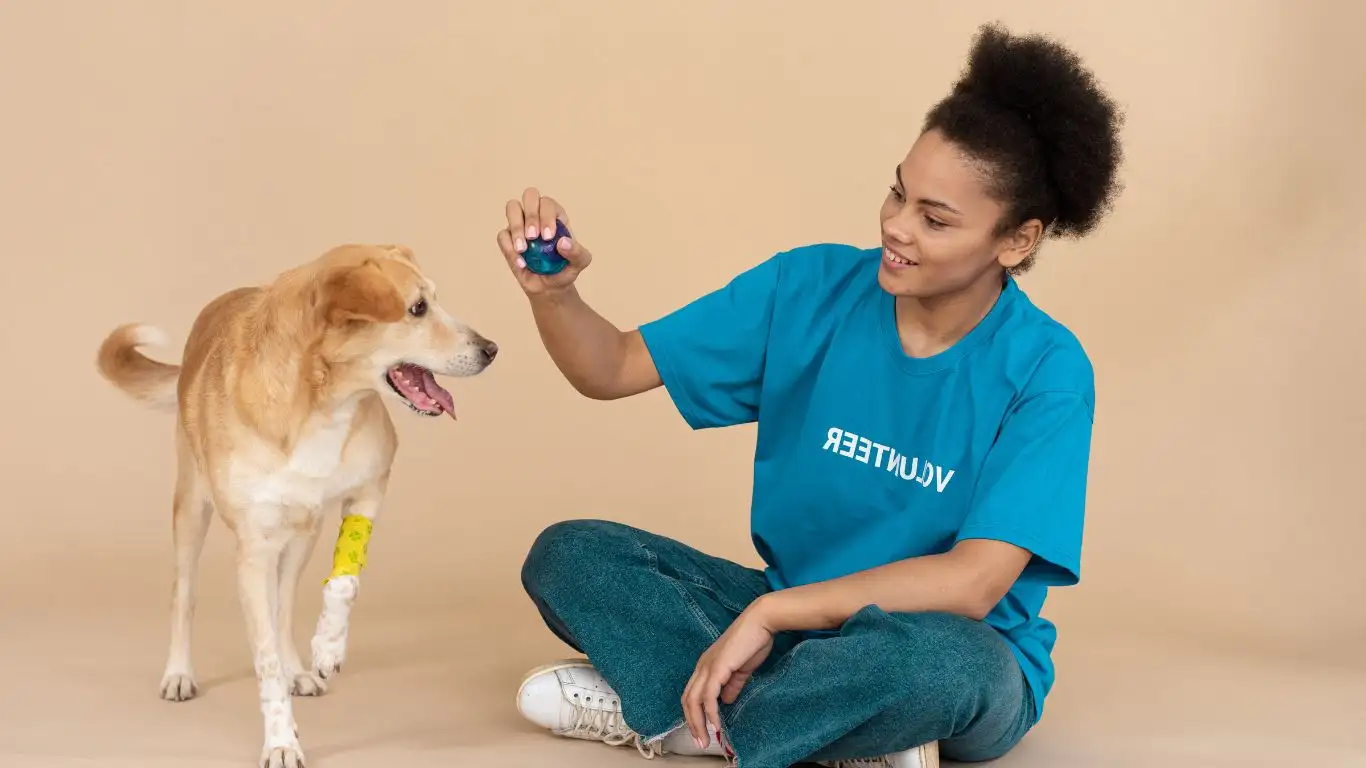Best Dog Training Treats for Fast Learning: Quick Results and Healthy Options
As a Certified Professional Dog Trainer, I know how much of a difference the right training treats can make when it comes to teaching your dog new behaviors. The best dog training treats for fast learning are not just about being tasty; they need to be effective, healthy, and rewarding. After all, your dog’s motivation is key to success in any training session. And finding the right treat can help reinforce good behavior quickly, making training more enjoyable for both you and your furry friend.
Why Training Treats Matter
When it comes to dog training, rewards play a vital role in teaching and reinforcing behaviors. Think about it: you’re trying to teach your dog a new trick, whether it’s something as simple as sit or as advanced as rolling over. If the reward isn’t appealing enough, your dog may not be motivated to repeat the behavior. That’s where the right training treats come into play.
As someone who’s worked with dogs of all shapes, sizes, and temperaments, I can tell you that different dogs respond to different types of treats. Some dogs are highly food-driven, while others might prefer a game or a toy. But for most dogs, a tasty treat is the quickest way to get their attention and keep them focused during training.
So, when you’re looking for the best dog training treats for fast learning, you want to choose something that your dog will find irresistible, something that will encourage them to focus and respond quickly. But how do you know which treats will do the job? Let’s dive in.
What Makes the Best Dog Training Treats?
Appealing to Your Dog’s Senses
Dogs are sensory creatures, so the best training treats are those that appeal to multiple senses: smell, sight, and taste. As a trainer, I’ve seen it time and time again—dogs get more excited about treats that are fragrant and visually enticing. Imagine a treat that not only smells great but also has a soft texture that’s easy to break into smaller pieces. This makes it easier for your dog to stay engaged during training and prevents them from getting distracted.
For example, treats made from high-quality protein sources like chicken or beef tend to have strong smells and flavors that dogs can’t resist. And since training often requires rewarding your dog repeatedly, having a treat that’s easy to break into small pieces can help you pace the session without overfeeding your pup.
Healthy Ingredients
We all want the best for our pets, so it’s important to pay attention to the ingredients in the treats we give them. Many commercial dog treats are filled with artificial flavors, preservatives, and low-quality ingredients. But when you’re working with dogs in training, you want treats that will not only motivate your dog but also contribute to their overall health.
In my experience, the best dog training treats are those made with natural, wholesome ingredients. Look for treats that list real meats, like chicken, turkey, or beef, as the first ingredient. Avoid treats with by-products or fillers like corn or soy, which provide little nutritional value. If you’re looking for a more specialized option, there are even treats made specifically for sensitive stomachs or allergies, which can be great for dogs with dietary restrictions.
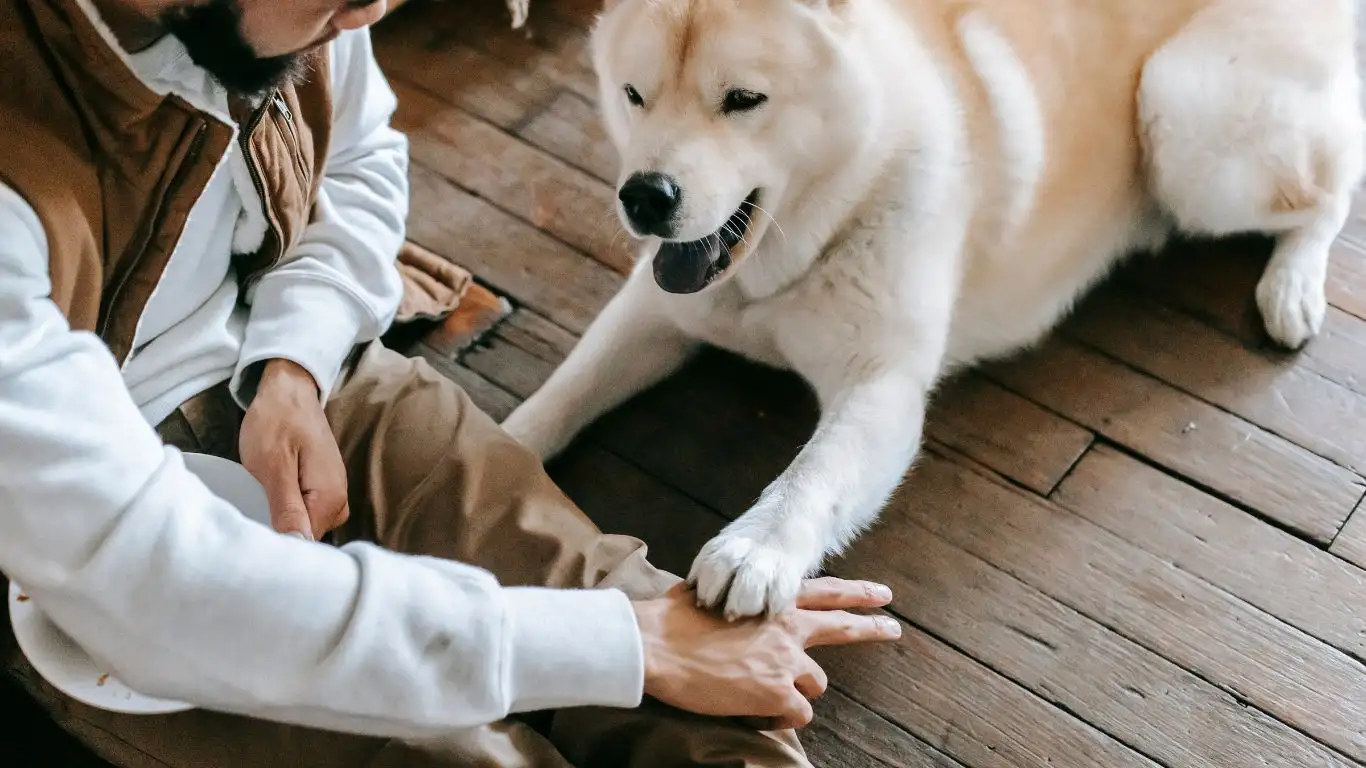
Small, Bite-Sized Pieces
When it comes to training, size matters. Large treats can be too much to reward your dog for every small success. The best training treats are small, easy-to-handle bites that can be consumed quickly without distracting your dog from the task at hand. Small pieces also allow you to reward your dog more frequently during training sessions, which is key to reinforcing desired behaviors.
Imagine trying to teach your dog to stay in one spot or master a trick like “leave it.” You’re going to need multiple rewards to keep their focus, and giving them small treats ensures that you’re not overwhelming them with a big snack. Plus, small pieces make it easier to keep your dog engaged without filling them up too fast.
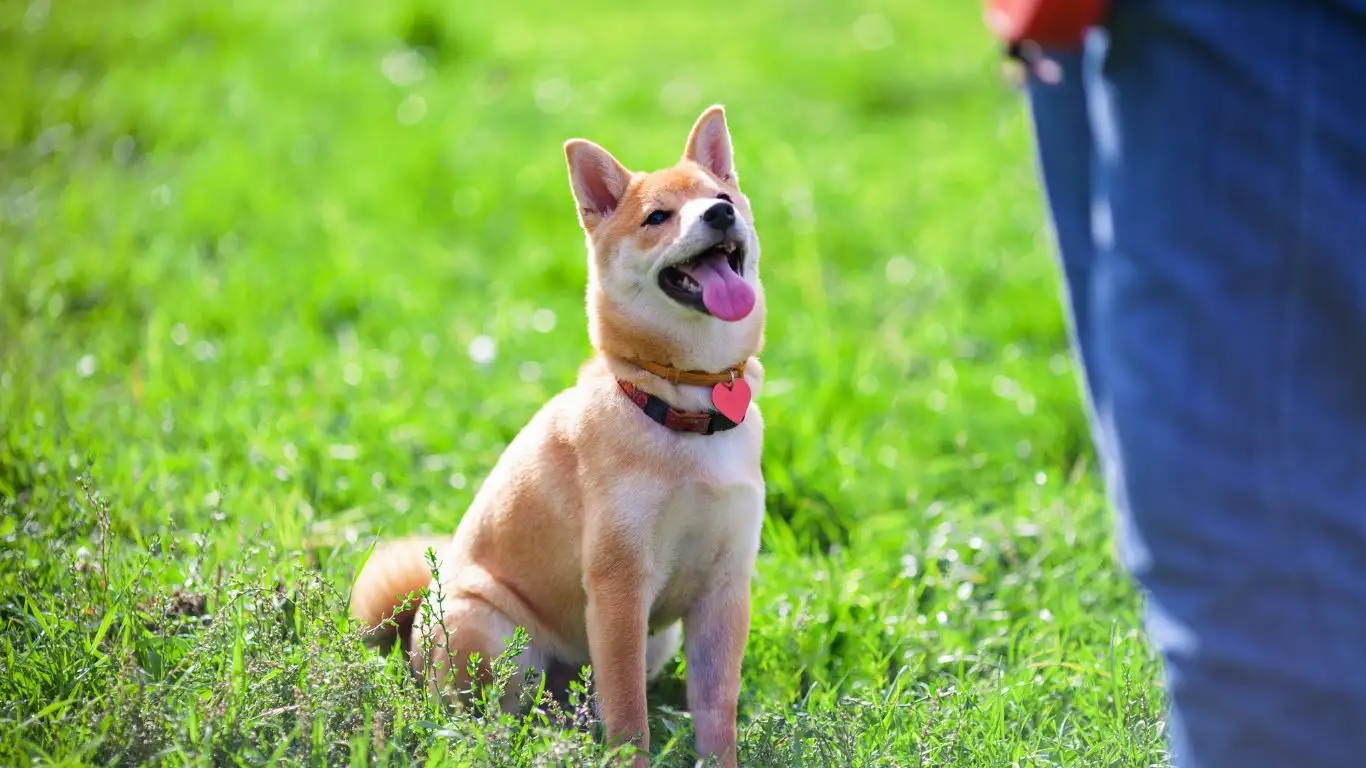
Variety is Key
One of the things I’ve learned over the years is that dogs, much like humans, can get bored easily. If you’re always using the same treats, your dog may lose interest, and training can become less effective. Offering a variety of treats can keep your dog engaged and excited to learn. You don’t need to go overboard with a dozen different options, but having a few different flavors or types of treats on hand can make training sessions more enjoyable.
For example, you could alternate between soft treats, crunchy treats, or even freeze-dried options to keep your dog on their toes. In my experience, mixing things up not only keeps your dog interested but also helps them associate training with fun and excitement.
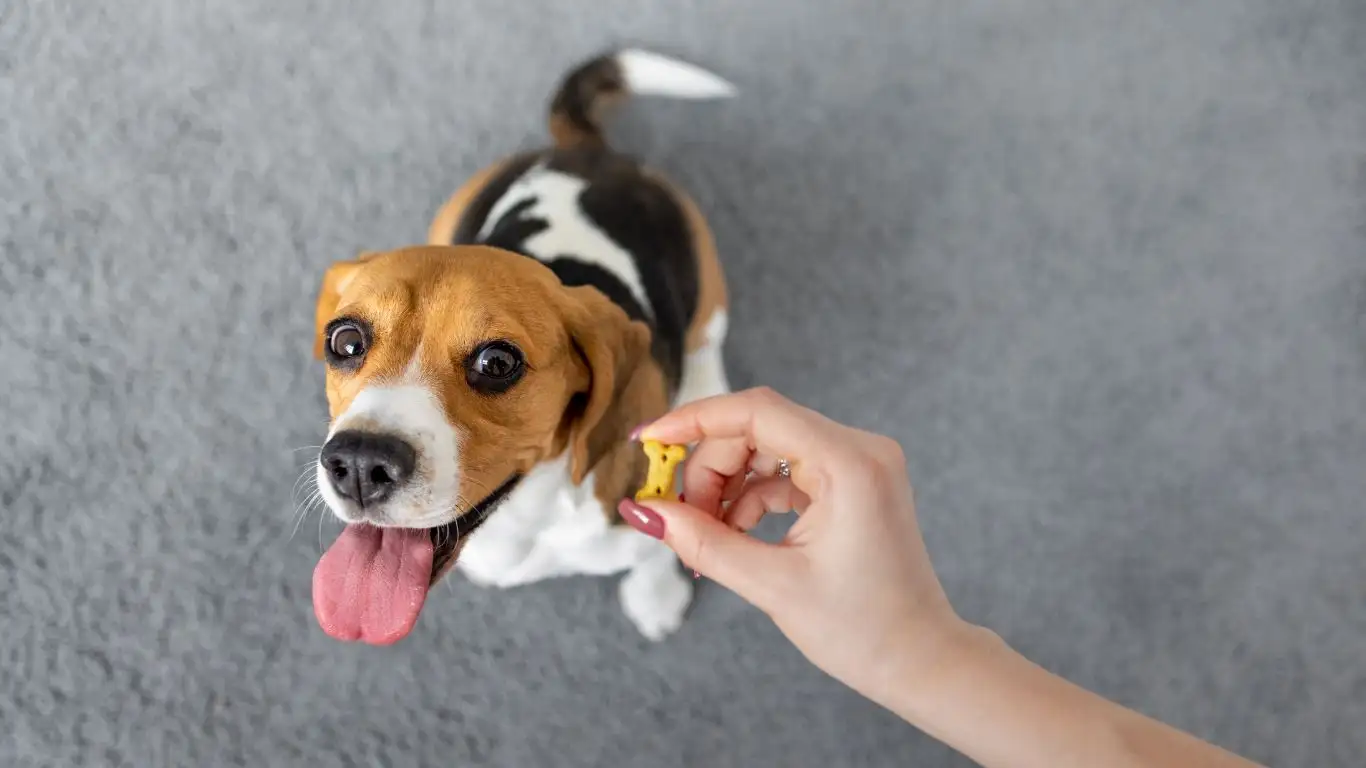
Top Training Treats for Fast Learning
Now that we’ve covered what makes a good training treat, let’s dive into some specific options that I have personally used with my clients, and what I’ve found to be the most effective for encouraging fast learning in dogs. Not all treats are created equal, and as a professional dog trainer, I’ve tested a wide variety of treats to find out which ones get the best results.
1. Zuke’s Mini Naturals
When it comes to training treats for fast learning, Zuke’s Mini Naturals are a standout. These little bite-sized treats are perfect for rewarding your dog during training sessions. They’re soft, easy to break into smaller pieces, and come in a variety of flavors, such as chicken, salmon, and peanut butter. I’ve used them with many dogs in my training sessions, and the dogs absolutely love them.
One of the reasons I recommend Zuke’s Mini Naturals is their high-quality ingredients. They are made with real meat, and they’re free from corn, wheat, and soy. I’ve found that dogs tend to stay more focused and energetic during training when I’m using treats that are both tasty and healthy. Plus, these treats are low in calories, so you don’t have to worry about overfeeding your dog during a training session.

2. Blue Buffalo Wilderness Trail Treats
If you’re looking for a treat that’s a little more substantial but still ideal for training, Blue Buffalo Wilderness Trail Treats are a fantastic choice. These treats are made with high-quality protein and come in various flavors like turkey, chicken, and duck. They’re soft and chewy, making them easy to break into smaller pieces, which is great for keeping your dog’s attention throughout the training session.
In my experience, Blue Buffalo treats are great for more active dogs who need extra motivation. The high protein content in these treats gives them the energy they need to stay focused, and the natural ingredients help support their overall health. I love that Blue Buffalo uses no artificial preservatives, colors, or flavors, which makes them a great option for pet parents who are conscious about what they’re feeding their dogs.
3. PetSafe Busy Buddy Natural Dog Treats
For dogs who are a bit more “busy” during training sessions, PetSafe’s Busy Buddy Natural Dog Treats are a real game-changer. These treats are made with 100% natural ingredients and are designed to help keep your dog’s focus sharp. They’re also great for dogs who might get bored easily or lose interest quickly, thanks to their unique texture and flavors that stand out from typical training treats.
One of the things I love about PetSafe’s Busy Buddy treats is that they don’t crumble or fall apart easily, making them perfect for training on the go. Whether you’re teaching basic commands or working on something more complex, these treats stay intact and are still incredibly enticing for your dog. The fact that they’re all-natural is also a huge plus in my book—they’re healthy, and dogs love them!
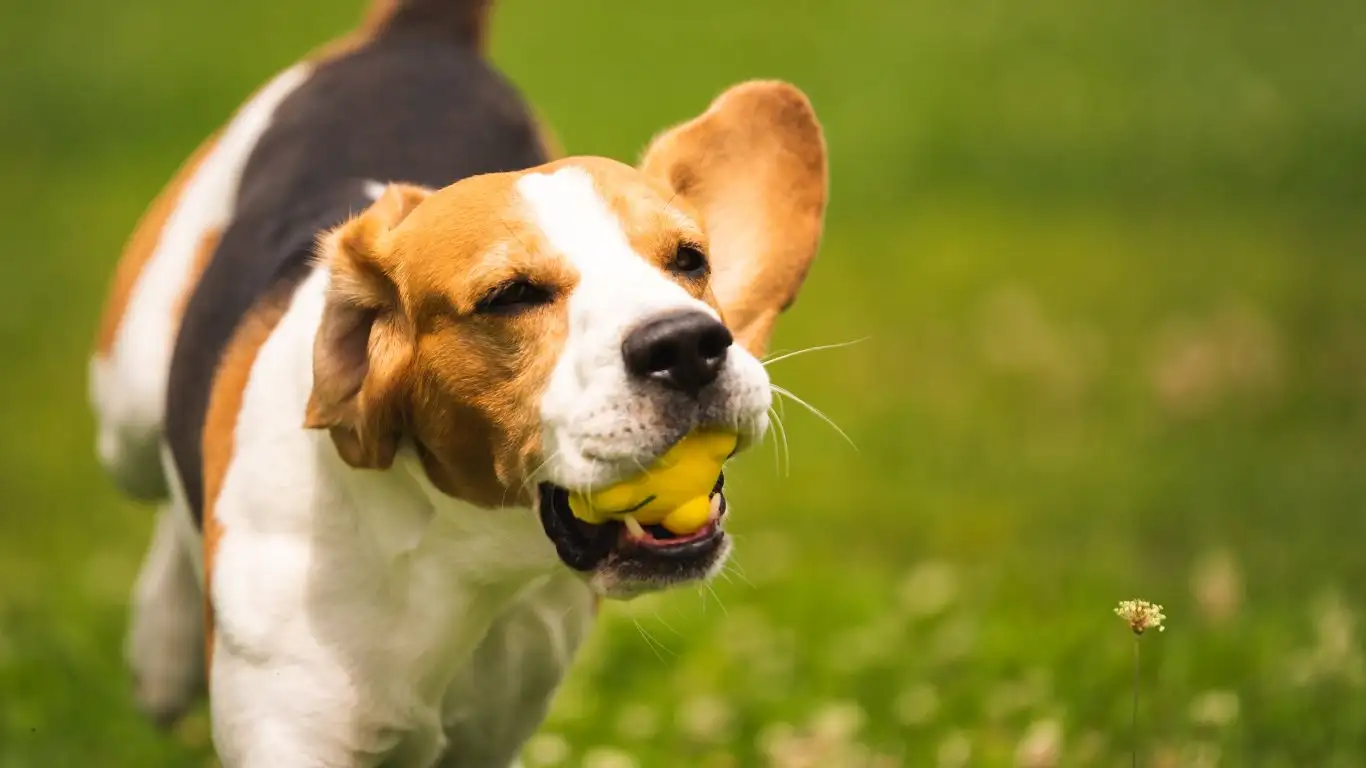
How to Use Training Treats Effectively
Now that you know what some of the best dog training treats for fast learning are, let’s talk about how to use them most effectively in your training sessions. The right treats can make a huge difference, but how you use them is just as important. From my personal experience, I’ve learned that consistency, timing, and understanding your dog’s preferences are the keys to success when it comes to using treats for training.
1. Reward Immediately After the Desired Behavior
One of the most important things to remember when using treats for training is to reward your dog immediately after they perform the desired behavior. If there’s too much delay between the action and the reward, your dog may become confused about what they’re being rewarded for. I always tell my clients to keep treats on hand and be ready to reward as soon as their dog does something right.
For example, if you’re teaching your dog to sit, as soon as their rear end hits the ground, you should give them a treat. This immediate feedback helps your dog connect the behavior with the reward, making the learning process much quicker and more effective. The best dog training treats for fast learning are most effective when paired with good timing.
2. Use Treats to Shape Behaviors Gradually
Another technique I use when training dogs is called “shaping.” This involves rewarding your dog for small steps that lead up to the final behavior. It’s particularly helpful for more complex behaviors. When you start training, you can reward your dog for approximations of the behavior, then gradually raise the criteria as they improve.
Let’s say you’re teaching your dog to “roll over.” At first, you might reward them for simply lying down, then for turning their head, and finally for completing the entire roll. By rewarding these small steps along the way, your dog learns the behavior in stages, and the process feels less overwhelming.
3. Keep Sessions Short and Fun
Finally, remember that training should always be fun! Dogs learn best when they’re enjoying the experience, so keep your sessions short, positive, and engaging. If you notice your dog losing interest, it might be time to take a break or switch up the treats to keep them excited. It’s also important to make sure your dog is in a good mood—training should never be stressful for either of you!
When I’m working with dogs in training, I make sure to keep the energy high and the rewards coming. This helps keep the dog motivated and eager to learn. And as a bonus, it makes the whole training process much more enjoyable for both of you!
Case Studies & Real-Life Examples
Now that we’ve covered what makes the best dog training treats for fast learning and how to use them effectively, let’s look at some real-world success stories. As a professional dog trainer, I’ve seen firsthand how the right treats can transform a dog’s learning experience.
Case Study #1: Bella, the Overexcited Pup
Bella, a one-year-old Labrador mix, had a serious case of the zoomies during training. Her owners struggled to get her to focus, even for a second. After testing different treats, we found that high-value, moist treats like Zuke’s Mini Naturals worked best. The moment we switched to these, Bella’s engagement skyrocketed. The result? Within two weeks, she mastered sit, stay, and even recall!
Case Study #2: Max, the Picky Eater
Max, a tiny Chihuahua, wasn’t food-motivated at all. His owners were at a loss—treats simply didn’t interest him. We tried freeze-dried liver treats, and suddenly, training became a game-changer. Max started responding immediately, and within a month, he was confidently performing tricks like paw and spin.
Case Study #3: Daisy, the Rescue Dog with Anxiety
Daisy, a rescued Border Collie, was fearful and hesitant to interact with people. Traditional training treats didn’t work because she was too anxious to eat them. We used soft, smelly treats like Blue Buffalo Wilderness Trail Treats and paired them with positive reinforcement techniques. Over time, she began to trust her new family, and within a few months, she was walking confidently on a leash and responding to commands.
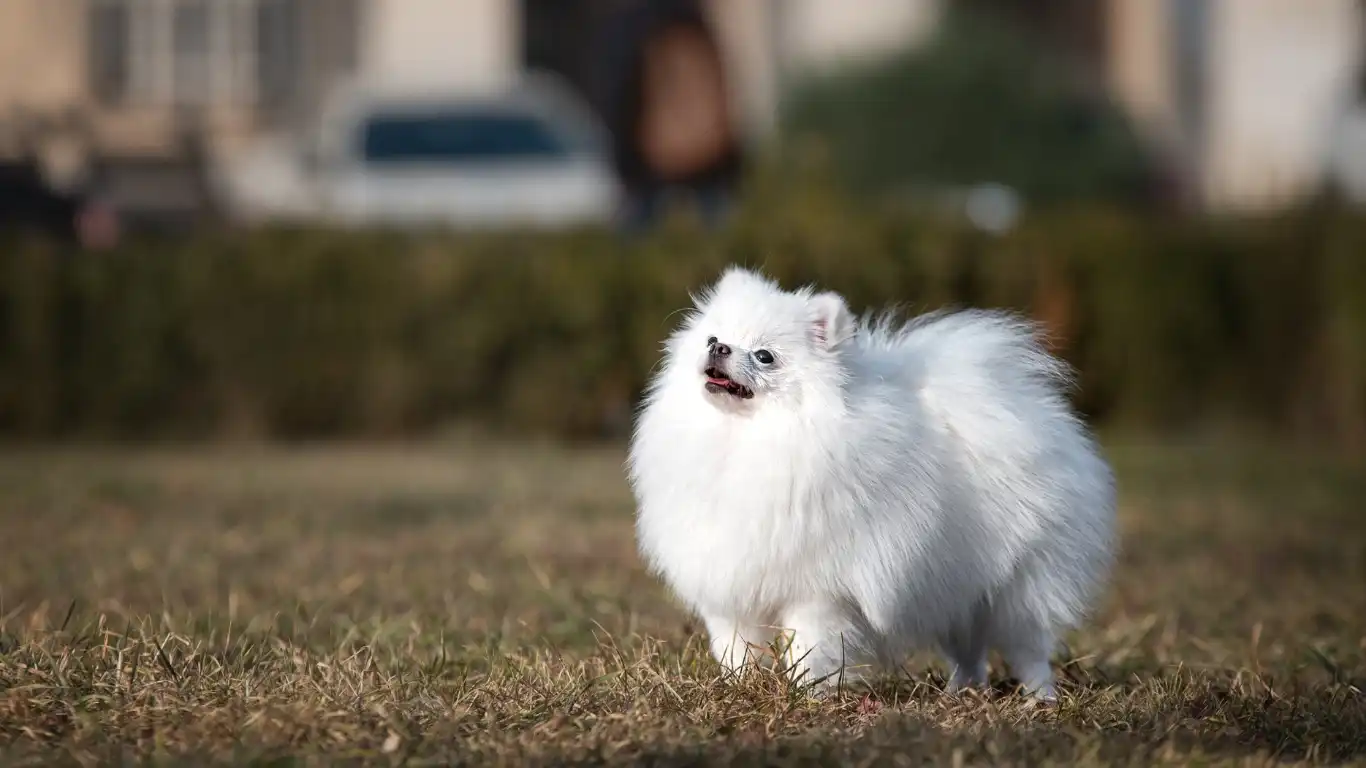
Key Takeaways: What You Need to Remember
- High-value treats make a huge difference. The more appealing the treat, the faster your dog learns.
- Size matters—keep training treats small to prevent overfeeding and to allow for multiple rewards.
- Texture and smell are key—soft, fragrant treats usually work best for training sessions.
- Variety helps—switching up treats can prevent your dog from getting bored.
- Timing is crucial—reward your dog immediately after they perform the desired behavior.
- Training should always be fun—keeping sessions short and positive makes learning easier.
FAQs
1. How often should I use training treats?
During the initial training phase, you’ll be using treats frequently—every time your dog performs the desired behavior. As they master commands, you can gradually reduce the treat rewards and replace them with verbal praise or affection.
2. Can I use human food as training treats?
Yes, but be cautious. Some human foods, like cooked chicken or cheese, can be excellent training treats, but always avoid toxic foods like onions, garlic, chocolate, and grapes.
3. What if my dog isn’t food-motivated?
Some dogs respond better to toys or playtime. Try incorporating their favorite toy into training or using extra-smelly treats like freeze-dried meat.
4. Can I make my own dog training treats?
Absolutely! Homemade training treats can be a great alternative to store-bought options. Simple recipes with lean meats, peanut butter (xylitol-free), or pumpkin puree can work wonders.
Bonus: Additional Resources & DIY Tips
DIY Training Treat Recipe
Want to make your own training treats at home? Here’s a quick, healthy recipe:
- 1 cup cooked, shredded chicken
- 1/2 cup pumpkin puree
- 1 egg
- 1/4 cup oat flour
- Mix ingredients, roll into small balls, and bake at 350°F for 15 minutes.
These treats are soft, easy to break apart, and dogs love them!
Helpful Links & References
For more information on positive reinforcement training, check out these resources:
- American Kennel Club (AKC)
- Certification Council for Professional Dog Trainers (CCPDT)
- ASPCA – Dog Training Tips
Appendix: Table, References, and Call to Action
Comparison Table: Best Dog Training Treats
| Treat Brand | Texture | Main Ingredient | Best For |
|---|---|---|---|
| Zuke’s Mini Naturals | Soft | Chicken | All-purpose training |
| Blue Buffalo Wilderness | Chewy | Turkey | Active dogs |
| PetSafe Busy Buddy | Firm | Natural Meat | Longer training sessions |
Disclaimer
Always consult your veterinarian before introducing new treats, especially if your dog has dietary restrictions or allergies.
Final Thoughts & Call to Action
Choosing the best dog training treats for fast learning is all about understanding your dog’s preferences and using positive reinforcement effectively. With the right treats, training can be an enjoyable and rewarding experience for both you and your pup.
If you found this guide helpful, share it with fellow dog owners and let us know your favorite training treats in the comments below!
